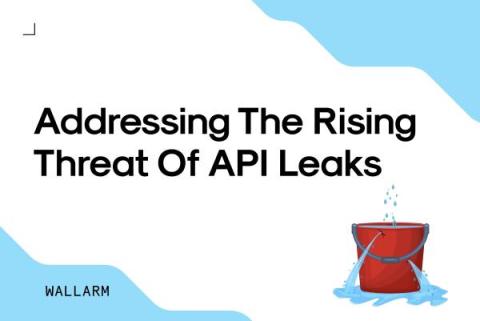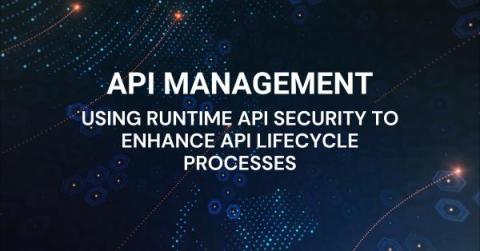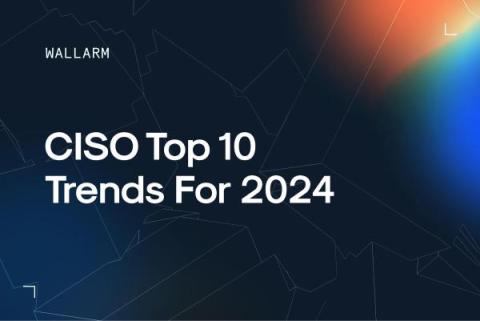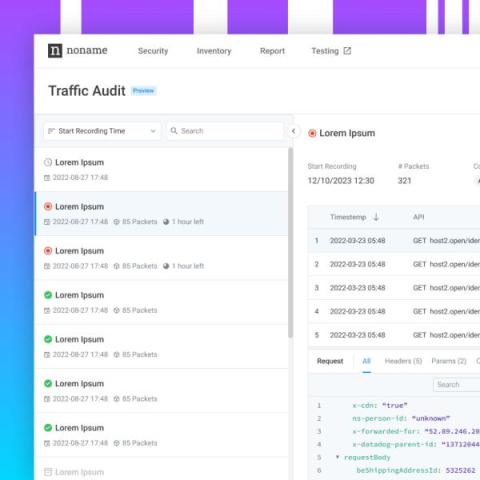Addressing the Rising Threat of API Leaks
In the realm of cybersecurity, the metaphor of "Leaky Buckets" has become an increasingly prevalent concern, particularly in the context of API security. This term encapsulates the hidden vulnerabilities and exposures in API infrastructures that many organizations struggle to identify and address. The digital era has amplified these challenges, with APIs becoming central to the operational fabric of numerous enterprises.











